By Maha Khalil
I remember how, as a child in the early 1990s, I was told by friends at school some highly imaginative stories, which then seemed terrifying but now seem ridiculous, about a certain creature which attacks, bites and even kills people for no apparent reason. I was told that this “ugly,” dog-like creature hides under cars and sneaks up on unsuspecting children and adults passing by. Everybody called this “mysterious” creature the Sal’awa orالسلعوةin Arabic. But what is the sal’awa? Does it really exist?
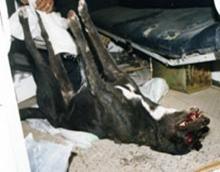
A stray dog claimed to be the sal'awa
Most probably not.
In fact, there is no scientific evidence of any kind either online or in books that this creature really exists as a separate species. The only available sources which give information about this creature are newspaper articles based entirely on hearsay which tell stories of the attacks and mention that the sal’awa is not a scientifically classified organism, but just a name invented by the public for what seems to them to be an unfamiliar creature. It first appeared on the eastern edges of Cairo in the 60s and 70s then reappeared in 1996 in the village of Armant in upper Egypt and in Cairo. It’s also claimed to be responsible for another short bout of attacks in 2005 and in October 2008. Some of these attacks resulted in the death and hospitalization of some adults and a few children.
The Sal’awa is described by highly emotional eyewitnesses to be the size of a dog, have hind legs that are somewhat longer than its front legs, a large muzzle that “resembles that of a hyena” and big canine teeth. However, neither veterinarians nor zoologists in Egypt have provided any official identification that separates the Sal’awa from the average street dog.
Some speculate that the Sal’awa must be a hybrid of a dog and a wolf or a dog and a jackal, but that’s all it is – speculation. At first glance, this guess may seem plausible as the resulting hybrids might have the appearance of dogs and the predatory behavior of wolves or jackals (both of which are found in Egypt, the jackal Canis aureus being the more common one). However, again, there is absolutely no evidence.
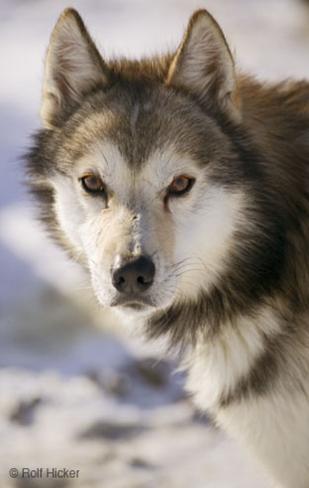
A wolf-dog hybrid
Not to mention that both wolf-dog hybrids and jackal-dog hybrids look fairly similar and are beautiful creatures known to make excellent pets and working dogs after passing around 3 generations from the original hybrid. Moreover, according to the Field Guide to the Mammals of Egypt, the only wolf species recorded in Egypt (Canis lupus) is found in the Sinai – a long way away from Cairo and upper Egypt. Surely, the scientific community would not remain quiet if there was any real suspicion that we have a new, unclassified canine species on Egyptian soil.
So, let’s separate fact from fiction. People were attacked by an animal, and some of them died – truth. The creature is an unfamiliar species – highly questionable. The creature is a hybrid between different dog-like species – no evidence of any kind. The creature is simply a rabid street dog – most probably so.
A VERY IMPORTANT NOTE to keep in mind is that the fox seen on campus in October is NOT the “Sal’awa” as some people claimed!! It was the harmless Red Fox.
Al Masry Al-Youm (2008). <www.almasry-alyoum.com/>.
Briggs, Helen (2002). “Jackal blood makes ‘perfect’ sniffer dogs”. BBC News. Available from. <http://news.bbc.co.uk/2/hi/science/nature/1977094.stm>.
Hoath, Richard (2003). A Field Guide to the Mammals of Egypt. The American University in Cairo Press, Cairo.
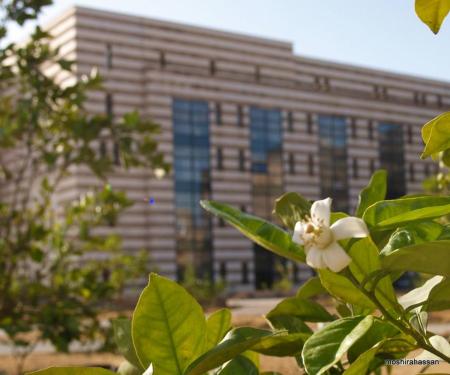
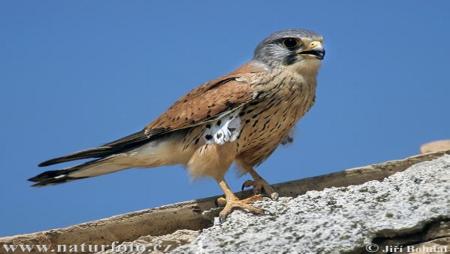
 If the answer to any of these questions is no, you might want to join us on our Campus Walks!!! The Environmental Awareness Association (EAA) in collaboration with the Biology Club is guiding a Campus Walk every Monday during Assembly Hour to give students, staff and faculty a tour around the less-travelled paths on campus, pointing out whatever is interesting, alive and beautiful on campus which, in the hustle of life, you may not have noticed… Three walks have already taken place and there are more to come. If you would like to take a load off and admire the nature on campus, join us! The meeting point is in front of Quick 24, and we will be holding a sign.
If the answer to any of these questions is no, you might want to join us on our Campus Walks!!! The Environmental Awareness Association (EAA) in collaboration with the Biology Club is guiding a Campus Walk every Monday during Assembly Hour to give students, staff and faculty a tour around the less-travelled paths on campus, pointing out whatever is interesting, alive and beautiful on campus which, in the hustle of life, you may not have noticed… Three walks have already taken place and there are more to come. If you would like to take a load off and admire the nature on campus, join us! The meeting point is in front of Quick 24, and we will be holding a sign.

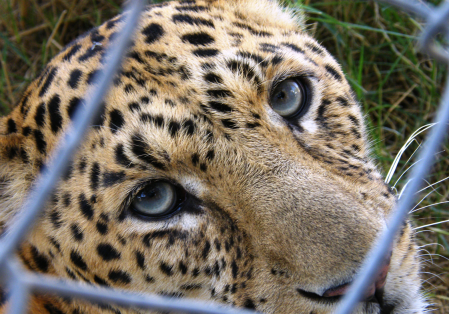
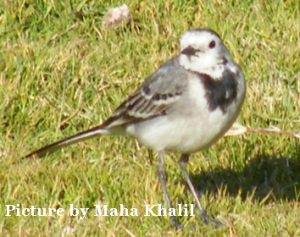 ter starts with the arrival of the White Wagtails from their northern breeding grounds. And to my delight, the irrigated gardens, though embryonic, seem to be providing the White Wagtails with ideal habitat on the New Campus.
ter starts with the arrival of the White Wagtails from their northern breeding grounds. And to my delight, the irrigated gardens, though embryonic, seem to be providing the White Wagtails with ideal habitat on the New Campus.
